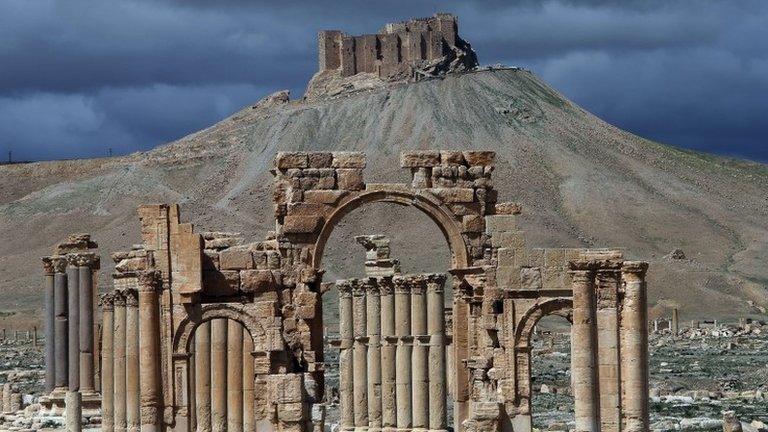Palmyra in pictures: A Syrian site under threat
- Published
With Islamic State (IS) militants destroying Palmyra's ancient temple of Baalshamin, the world's eyes are again focused on what may happen to the Unesco world heritage site.
IS closed in on the site in May having previously demolished ancient sites in Iraq that pre-date Islam, including Hatra and Nimrud.
Last week, it emerged that Khaled al-Asaad, the archaeologist who looked after Palmyra's ruins for 40 years, had been beheaded by IS.
Syria's director of antiquities Maamoun Abdul Karim said he had refused to say where treasures had been hidden to save them from destruction.
Palmyra contains the monumental ruins of a great city that was one of the most important cultural centres of the ancient world. Millions have visited the site and have contacted the BBC to tell us how much it means to them.
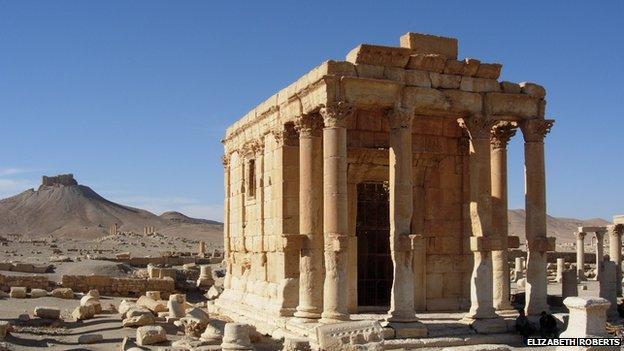
Elizabeth Roberts took this image of the temple of Baalshamin in 2007. Her husband David says: "There is something slightly disquieting about feeling so strongly about the likely destruction of such astonishing cultural artefacts given the wider human toll."
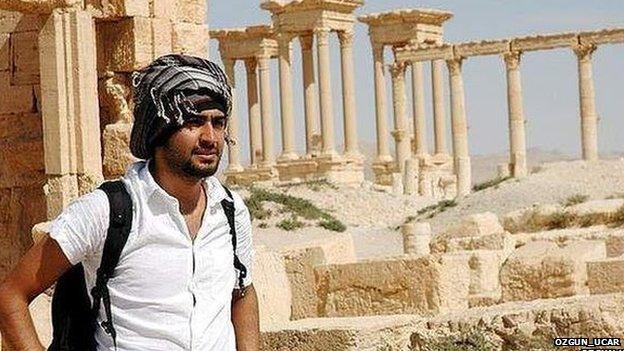
Ozgun Ucar spent 15 days in 2010 hitchhiking across Syria when he visited Palmyra with his friend Hassan, a hotel-keeper. He says: "If ISIS destroys Palmyra, the world will lose its oldest cultural city of antiquity."
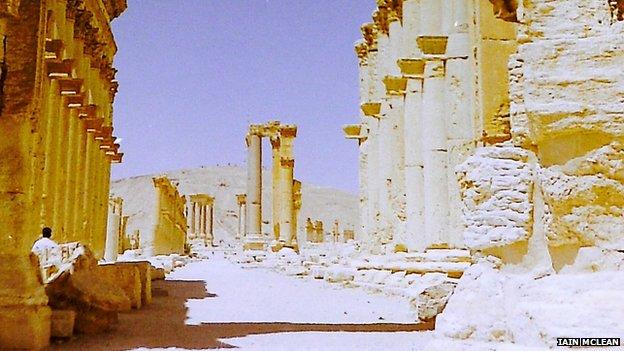
Iain McLean took this photo in the summer of 1997 when he backpacked around Syria.

Rohini Denton's image is from April 2009. She says she was visiting her sister Kay in Damascus when they decided to visit Palmyra. "There was no war in Syria at the time," she adds.
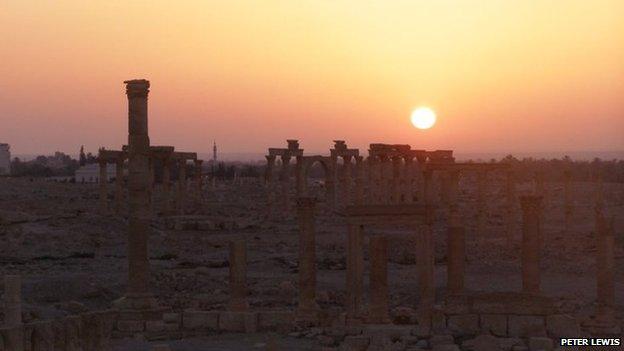
Peter Lewis says, "I worked for an adventure travel company leading tours in Syria in 2007, 2008 and 2010 just before the civil war started."
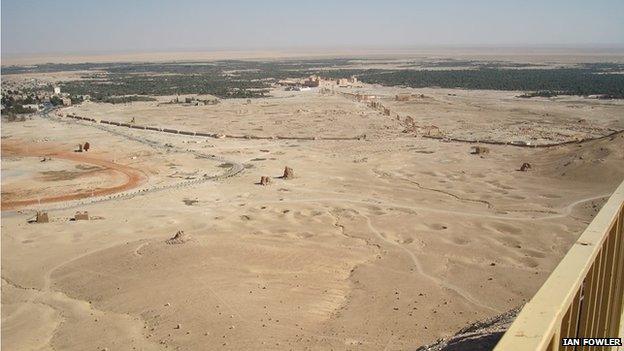
Ian Fowler, who visited the site in September 2007 says: "Looting of archaeological sites like Palmyra is not confined to Islamic State as the pits shown here clearly indicate."
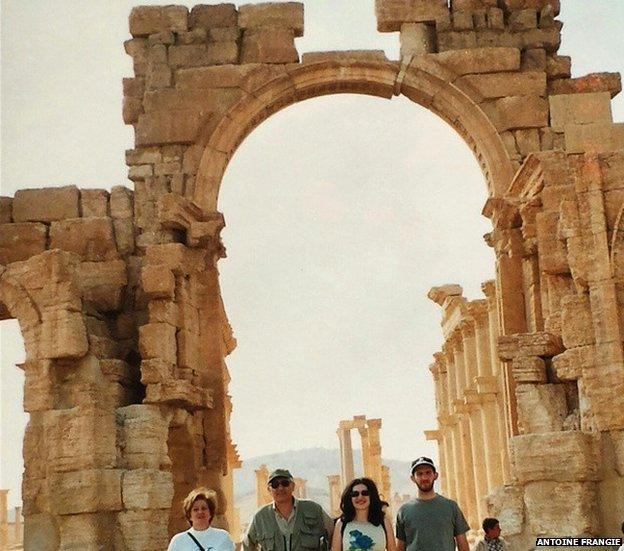
Antoine Frangie says he feels sad for Syria and for Palmyra. He took this picture in May 2002
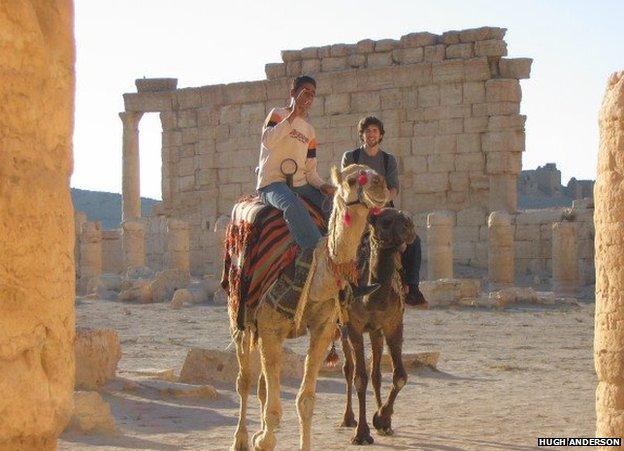
Hugh Anderson visited in 2006. He says: "I feel devastated that anyone could possibly think of destroying such beautiful and significant relics. It's madness. I can't fathom it. Just so incredibly sad."
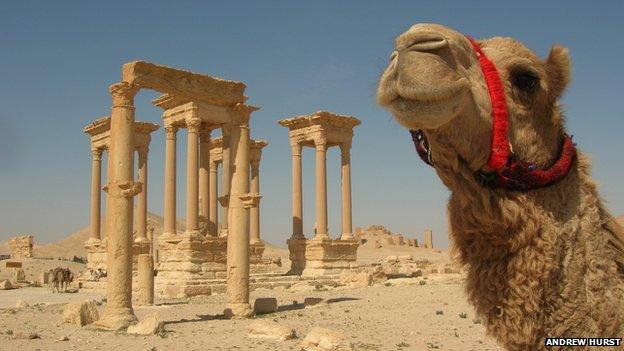
Andrew Hurst (who took this picture) and William Linsdell travelled to Palmyra in Syria in 2009. William says, "The human tragedy that has been unfolding in the country is horrific and if their heritage is also being destroyed, that is another huge blow."

William goes on to say that ''what is happening in Palmyra is a crime, the price of peace should not be destruction of priceless artefacts.''
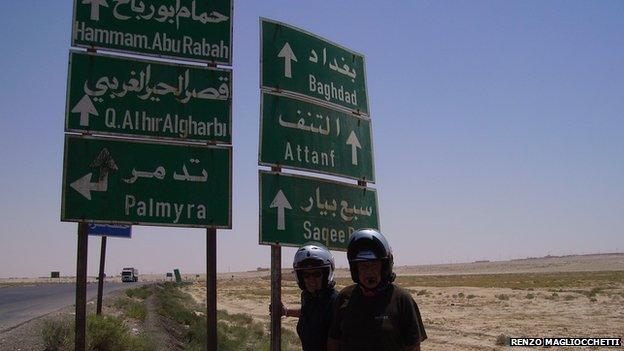
Renzo Magliocchetti who took this photo during his motorbike trip through Turkey and Syria in August 2012, says that "Palmyra was a peaceful and unforgettable trip throughout''
Produced by Dhruti Shah and Omayma El zulafi
- Published24 August 2015
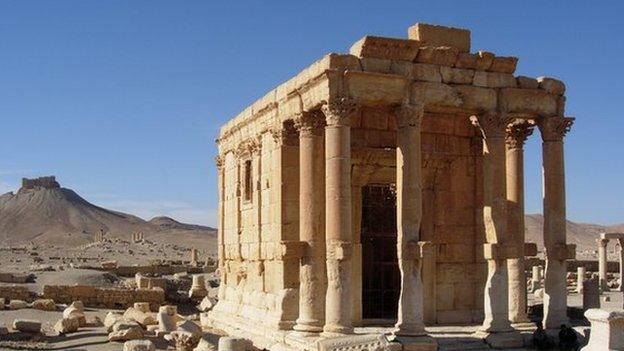
- Published19 August 2015
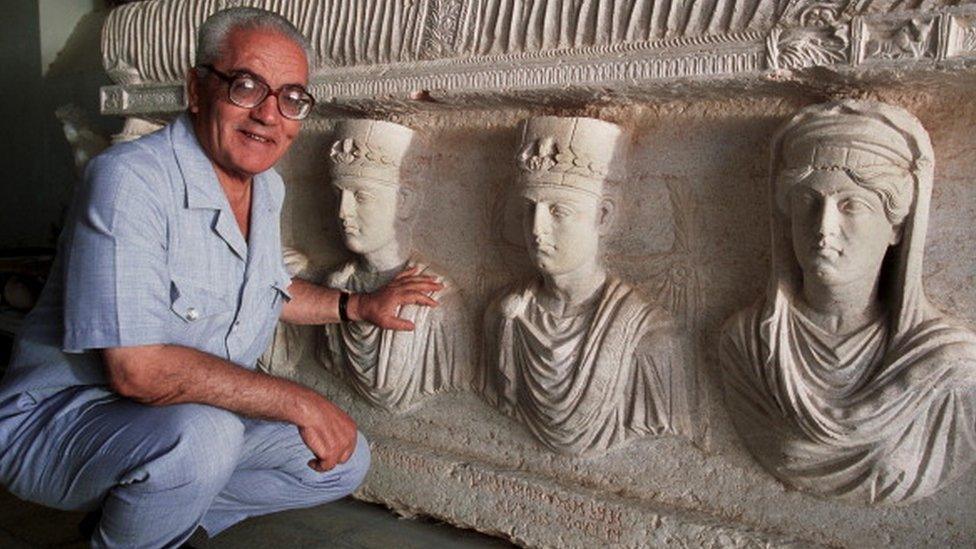
- Published21 May 2015
